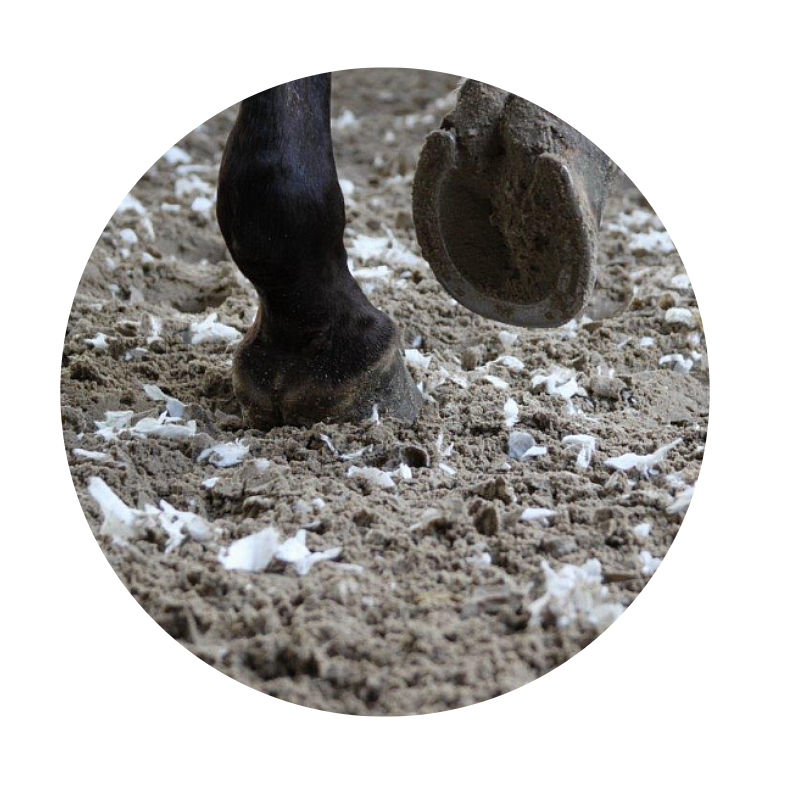WHERE DO USED AND UNWANTED GARMENTS GO?
We collect used and unwanted garments from retailers, municipalities (such as street collections or “drop-boxes”), and charity shops, with the aim of extending each garment’s life.
When collected garments arrive to a sorting facility, all textiles are sorted and evaluated individually against different criteria such as condition, style, and material. Each is then passed on to the most environmentally and economically beneficial next use following the EU Recommended Waste Hierarchy, which states that reusing should be prioritized before recycling. We sort piece by piece into more than 200 categories to maximize the likelihood of each garment reaching a suitable end state based on its characteristics.
Click on any of our sample flows below to hear more about the next life of unwanted garments
Examples of our reuse stream
Examples of our recycling stream
We value visibility in our value chain
When it comes to reuse, since consumers in countries throughout Europe dispose of more unwanted garments each year than they themselves buy second-hand, we seek customers globally for the second-hand clothes we collect. We go near and far to find wearers for the garments you donate, from the second-hand boutiques of Italy to the marketplaces of Ivory Coast.
While there is currently no feasible solution to track tens of millions of garments piece by piece to the customer who ultimately wears them, we track our sales flows on an aggregated basis so that we have insight into which categories of garments best match which end customers or products. We do not engage in the harmful practice of bulk exportation, whereby large volumes of barely-sorted garments are shipped to destinations without concern about their value to end customers.
There are a variety of current developing options for textile recycling
Many people believe that old textiles can be made into new textiles. While this is the case for a small fraction of garments and an activity in which we ourselves invest to facilitate, the technologies needed to execute textile-to-textile recycling at scale are still developing. As such, the average amount of collected textiles being recycled into fibers used for new garments is currently under 5%.
This occurs primarily via the mechanical recycling of textiles, such as the shredding of garments to make denim. We expect that within the next few years, chemical recycling of textiles will have evolved so that there will be more garment recycling technologies available and reliable at scale. In the meantime, the products into which textiles can today be widely recycled vary widely, ranging from cleaning rags to stuffing for car cushions.
















